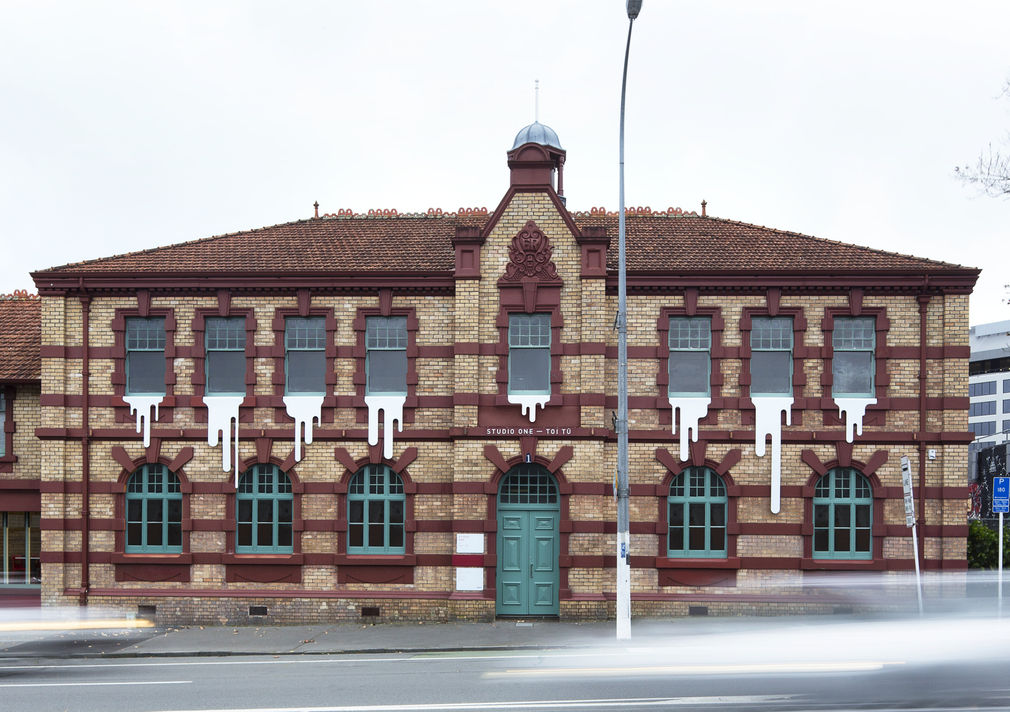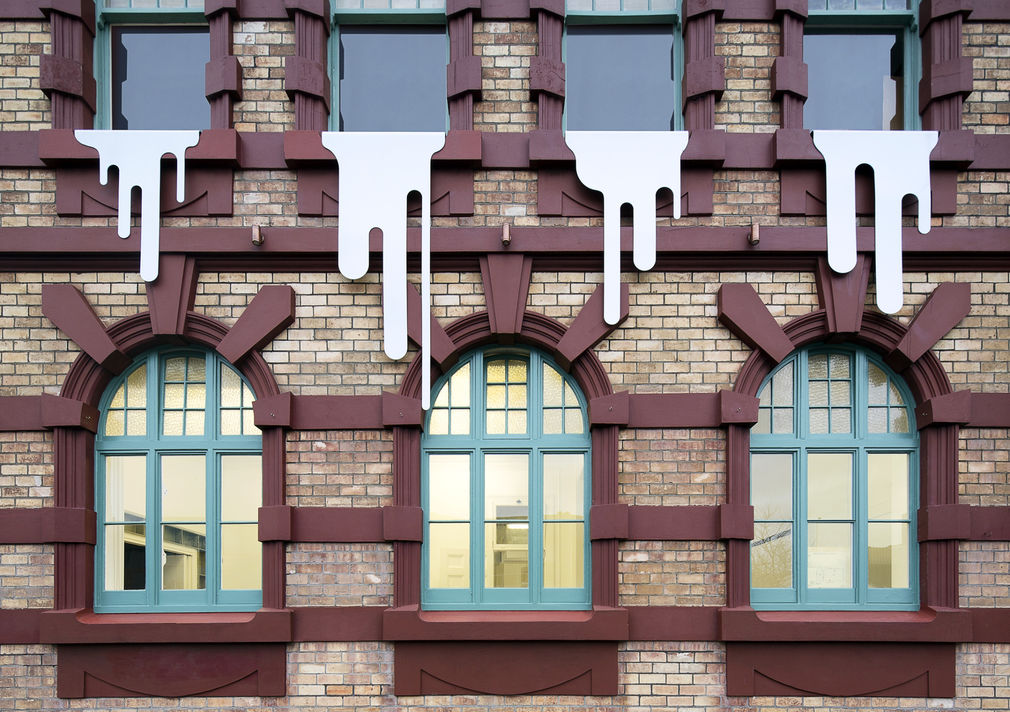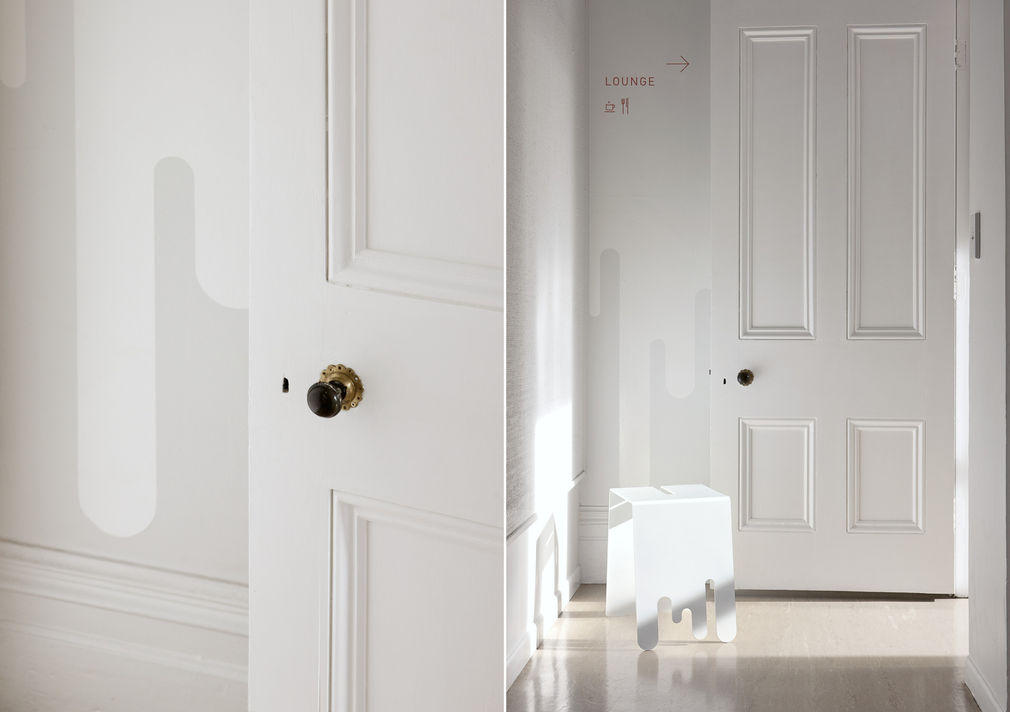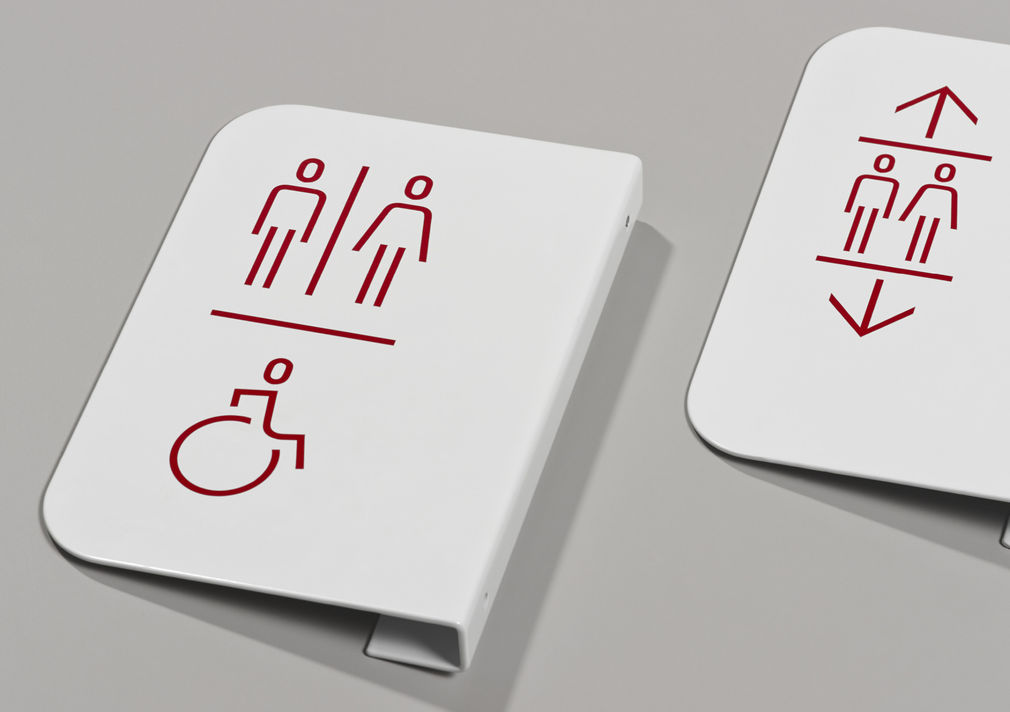Studio One Toi Tū is a community art organisation located in a Queen Anne Revival style building at number one Ponsonby Road. The building, which dates back to 1906, served for many decades as the Newton Police Barracks but in the late Seventies it was converted into a community cultural centre. Since then it has offered art programmes, workshops, studios and exhibitions spaces for a diverse range of arts disciplines.
Purple Pin Case Study — Graphic
Alt Group
Studio One – Toi Tū
Background



Heritage buildings are a wonderful embellishment to a streetscape (they contribute, among other things, character, elegance, and a sense of legacy and permanence), but sometimes the outer yin isn't balanced by an inner yang. Heritage can be a little difficult, and the challenges often lie in the change of use, in the layout of rooms and their subsequent rethinking. As a former police barracks, One Ponsonby Road would be fine if you wanted to house a vintage police force, but it does you fewer favours if you want to distinguish yourself as progressive, accessible and welcoming community art centre.
Alt Group describes the identity of Studio One as a “simple manifestation of creative activity - dripping paint” and when you view the building that is exactly what you see. The design solution employs the building as its own advertisement. Globs of white paint - actually white-painted steel - ooze conspicuously from second-floor windows - it's as if the building is a great sponge, squeezed by the hand of an unseen artist, expunging cartoon-like paint down towards the street. It's a striking device, projecting outwardly the essence of the occupant and signaling change while easily working around any building regulations that limit permanent physical amendments to the façade of the structure.


Inside Studio One Toi Tū it's almost a white out, with the monochrome rooms receding into the background and putting the emphasis on the use of space. While Alt's exterior works are eye-catching and engaging, inside there is an easy elegance that suits the contemporary uses of this old brick pile. Throughout the interior, the dripping paint concept is applied in a consistent hierarchy across all scales of design, from bespoke wayfinding elements, in a narrow but rich-red typeface, in pictogram form and even in the customised A2 stool (designed by 2014 Purple Pin Spatial category winner IMO). Staff uniforms, posters and other subtle interior detailing elements have also received Alt's treatment; as a full suite of works, the overall effect is much stronger and visually layered than it could otherwise have been.
The judges also noted that the designer's work “rescued the building”. Heritage can be hard, but it shouldn't be put in the too hard basket. Perhaps the greatest achievement of Studio One Toi Tū is that it shows how clear thinking and a sensitive approach to an old building can trump brute force.
As the judges noted in their comments about the project: Alt has reinforced the idea of accessibility, they are “inviting the public in and breaking down the barriers between the art world and the rest of the world”.
At the 2014 Best Awards, Auckland-based Alt was the most awarded of all participating firms, winning six gold pins, four silver pins, three bronze pins and this coveted purple pin in the graphic category.
—Michael Barrett